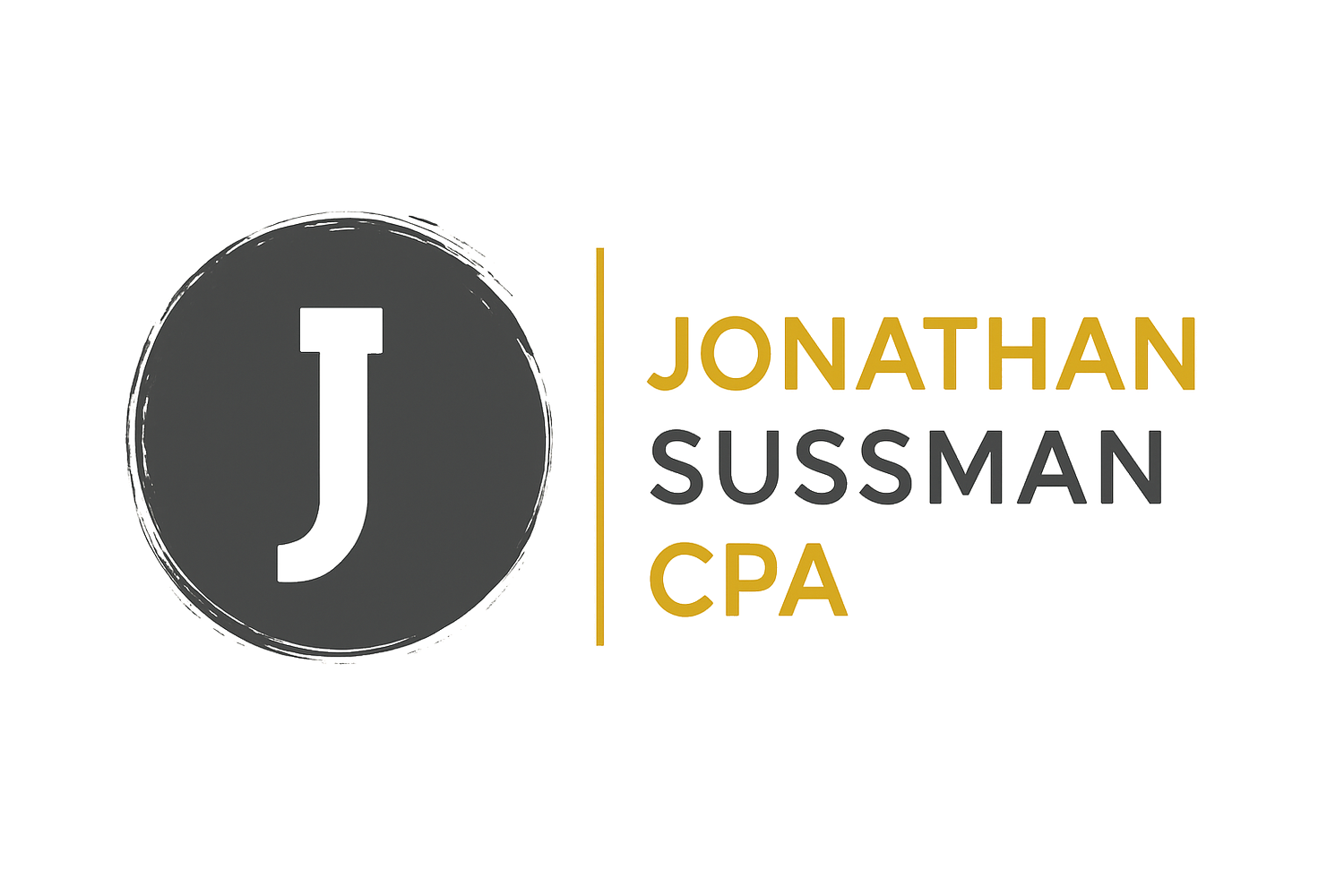3 Holiday Tax Strategies for Growing Businesses
Everybody wants to be rich, but nobody wants to pay no heavy back taxes.
Does that count as a Ronnie Coleman quote…? Not sure 😅
Anyway, back to our regular scheduled programming.
There are two main drivers of tax:
The Past
The Future
The past is the past. Whatever happened, happened. Maybe you can change how it looks, but you can’t change what it is.
The future is different. If we predict it, we can change it. And here’s a few ways.
Tactic #1: Recording or Omitting Cashless Transactions
Every tax reporting business must do accounting, since accounting determines tax.
And there are two main ways to do accounting:
Cash Basis – record cash transactions
Accrual Basis – record cash transactions + cashless transactions
Example cashless transactions: interest accrued, tax accrued, unpaid bills, outstanding receivables, etc.
Remember… Cash Basis: only cash transaction. Accrual Basis: cash + cashless transaction
Ok.
So under accrual basis, we might pay less tax. Or not. It depends.
Here’s an example of when it’s tax wise to use the Accrual Basis: you get billed for something on December 31, 2024, but paid it on January 1, 2025.
Under cash basis, you get the deduction when you pay the bill, which means you can’t deduct it on your 2024 tax return.
Under accrual basis, you deduct your bills, even if they’re unpaid.
Cool.
But here’s when we might want to use Cash Basis: you made a sale on December 31, 2024 and got paid for it in January, 1, 2025. Under the Accrual Basis, you get taxed when you send the bill. Under the Cash Basis, you only get taxed when you get paid.
So if you wait until January 2025 to collect, you wouldn’t report it on the 2024 tax return.
Understanding how your business operates can help you choose the best accounting method.
Tactic #2: Don’t Invoice Until Next Year
You pay less tax when you have less income. And you have more income when you bill more.
But the timing of the bill will determine when it’s taxed.
For example, if you bill somebody on December 31st, 2024, then you will owe tax on it for the 2024 tax year.
But if you bill somebody on January 1st, 2025, for the same work, you won’t owe tax on it until 2025 tax year.
So if you can, just hold off on sending out the invoices for a day or two and your tax return will deflate.
You might be thinking “wait, if I’m on the Cash Basis, then I only get billed once I get paid, right? So this really doesn’t matter if do Cash Basis”
Answer: yes and no. True, you don’t get taxed just because you sent out an invoice on the cash basis, but you do once it’s paid. So if you bill somebody on Dec 31, 2024 and they pay you same day, then you will then you will have taxable income for 2024. So it usually saves tax to wait on billing if you can.
Tactic #3: Strategically buy Fixed Assets
When you buy a fixed asset, like equipment or a building, you get some deductions.
And there are two ways to maximize the tax outcome:
1. Purchase Timing
2. Purchases Price(s)
With timing, you want to buy fixed assets before year end, because then you get the deductions for them in the current year.
For example, if you purchase equipment on December, 31st, 2024, then the depreciation starts in 2024. Usually in the middle of the year, which means you get 1.5 - 6 months of depreciation while only having the asset for a day.
But if you purchase it on January, 1st, 2025, then you can’t start depreciating it until tax year 2025
Then there’s the Price. See, depreciation is great, but it takes a long time. You buy something and then deduct it over time.
Ordinary write offs happen instantly. You buy something and then deduct it in full.
And under the De Minimis Safe Harbor rule, anything under $2,500 can be deducted as a repair. This means that you can write it off entirely instead of recovering it over years.
The IRS views it on a per invoice/item basis. So if you are doing a construction job, then make sure that invoices don’t exceed $2,500 dollars. And if they do, try to keep each item on the invoice below $2,500. This will let you write off everything instantly.
Summary
And that’s it. 3 tax strategies you can try this holiday season to save money.
I hope you got value out of it.
And if you like this type of stuff, feel free to subscribe to my free newsletter where I give out strategies and tips like this on a weekly basis. They’re super short and I try to keep them interesting + it’s super easy to unsubscribe.
Anyway, take care and thanks for reading.
Grow on,
Jonathan Sussman CPA
